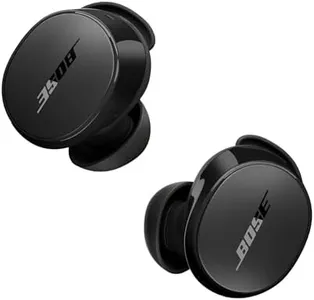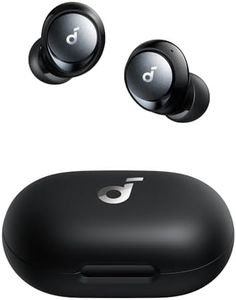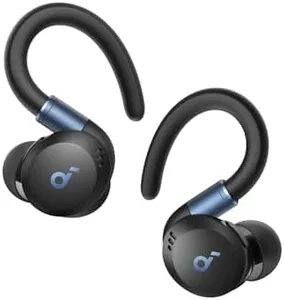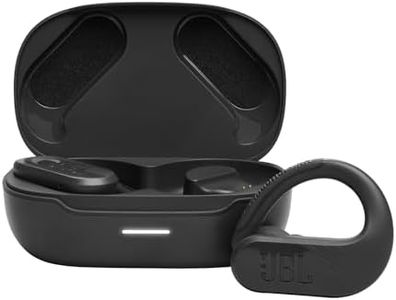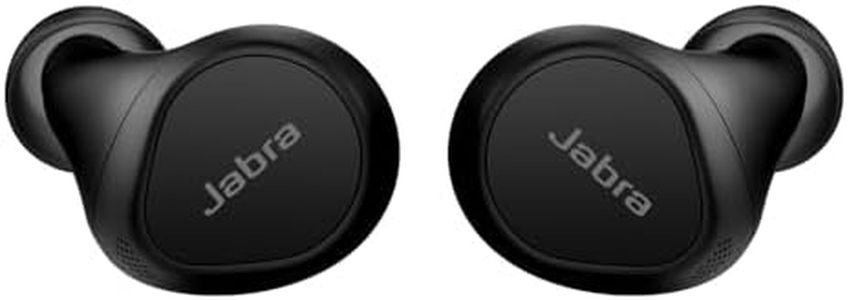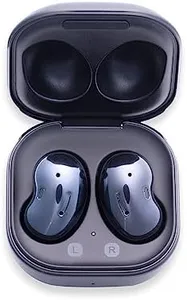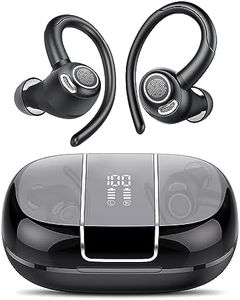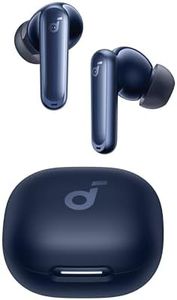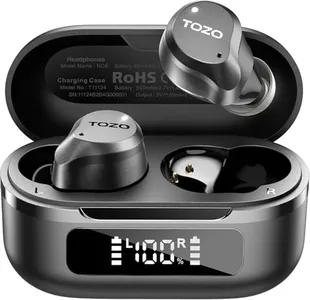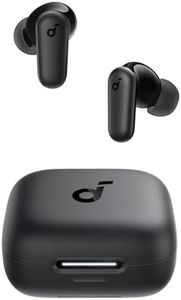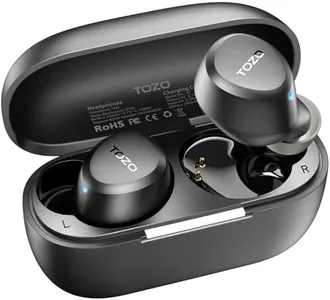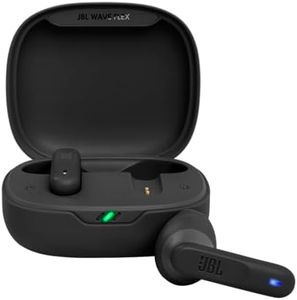We Use CookiesWe use cookies to enhance the security, performance,
functionality and for analytical and promotional activities. By continuing to browse this site you
are agreeing to our privacy policy
10 Best Waterproof Earbuds
From leading brands and best sellers available on the web.Buying Guide for the Best Waterproof Earbuds
Choosing the right waterproof earbuds can make a big difference in your listening experience, especially if you plan to use them while working out, swimming, or in rainy conditions. It's important to understand the features and specifications that matter so you can match them to your needs and lifestyle. The key specs will help you filter out models that won’t fit your purpose and focus on the ones that really deliver what you want, like durability, comfort, and sound quality.Waterproof Rating (IPX Rating)The IPX rating shows how resistant the earbuds are to water and sweat. The higher the number, the better the protection. For example, IPX4 is resistant to splashes, IPX5 and IPX6 can handle heavier sprays, and IPX7 or above can be submerged in water for short periods. If you want earbuds for running in the rain or intense workouts, an IPX4 or IPX5 might be enough. For swimming or using them in the shower, pick IPX7 or higher. Always match this rating to how much water exposure you expect to have; don't overpay for a higher IPX if you don’t need it.
Battery LifeBattery life tells you how long the earbuds can run before needing a recharge. Short battery life (usually around 3-5 hours per charge) may be fine for quick workouts, but longer durations (8-12 hours or more) are better if you want to go through most of the day or long exercise sessions without recharging. Consider your routine: if you rarely use earbuds for more than an hour at a time, battery life isn't critical, but if you travel or do endurance sports, aim for longer playtime.
Fit and ComfortThis spec involves the design of the earbuds and the materials used for eartips and wings. Some earbuds have different sizes of tips to fit various ear shapes, while others have hooks or wings for extra security. Choosing the right fit is important for comfort during long usage and to make sure they stay in place during activities. If you move a lot or use them in water, look for models known for their secure fit. Try to identify your own comfort needs: if you often feel discomfort or need to wear them for long hours, prioritize soft, flexible materials and a variety of tip sizes.
Sound QualitySound quality refers to how good the music, podcasts, or calls sound through the earbuds. This can be shaped by the earbud's drivers, and whether they support stereo sound or features like noise isolation. If you care about deep bass, clear vocals, or balanced sound, pay attention to reviews on these aspects. Those who want to hear more details or enjoy music at its best should prioritize high sound quality, while casual listeners who use earbuds mostly for background noise might focus less on this.
Connectivity (Bluetooth Version)Most waterproof earbuds use Bluetooth to connect to your device. The Bluetooth version determines range, connection stability, and sometimes battery efficiency. Newer versions (like Bluetooth 5.0 and above) typically provide better connection and efficiency. If you want a stable connection for running or working out without dropouts, a recent Bluetooth version is better. Match this to your devices: if your phone or watch supports newer Bluetooth versions, pick earbuds that do as well for the best results.
Controls and FeaturesSome waterproof earbuds come with built-in buttons, touch controls, or features like voice assist or in-ear detection. This affects how you skip tracks, take calls, or adjust volume without reaching for your device. If convenience matters, or you don’t want to fumble with your phone while running or swimming, look for intuitive controls. Think about when and how you'll use your earbuds so you pick controls that work smoothly for you.
